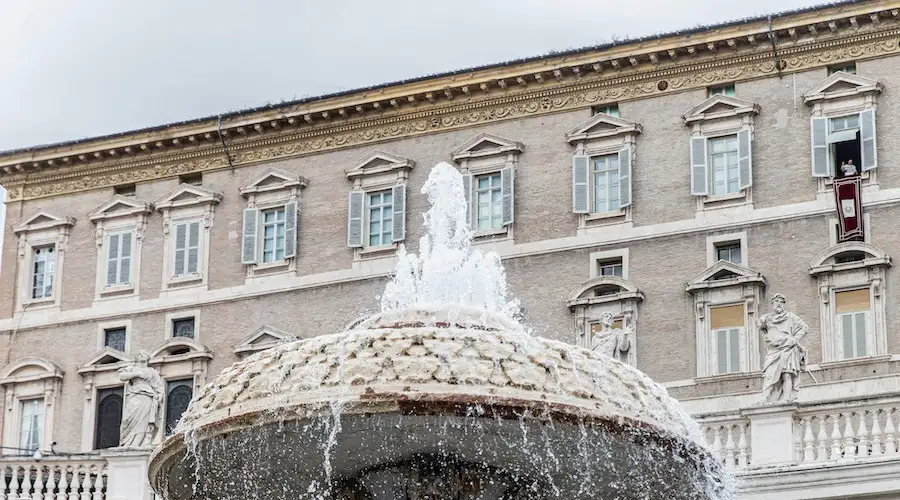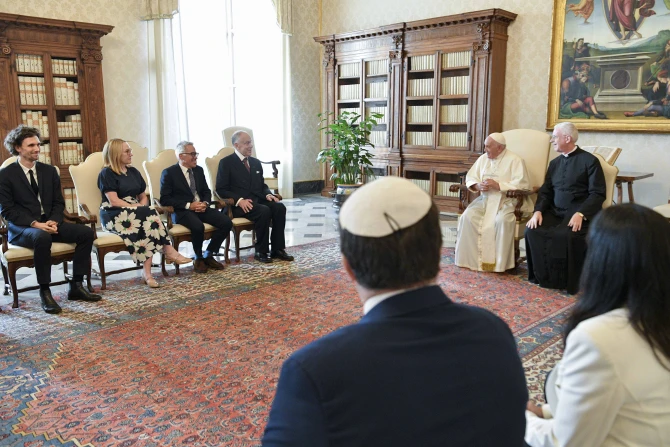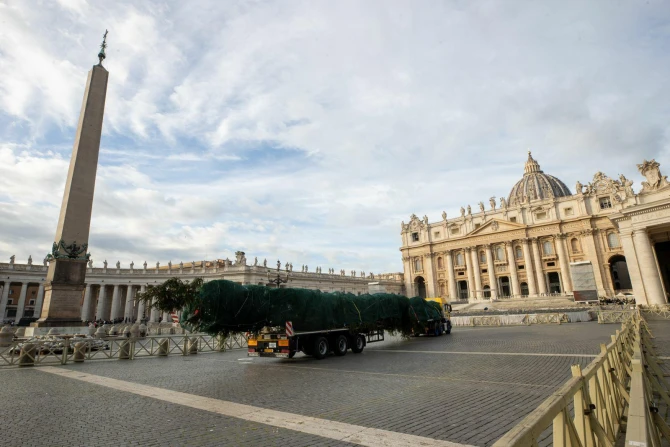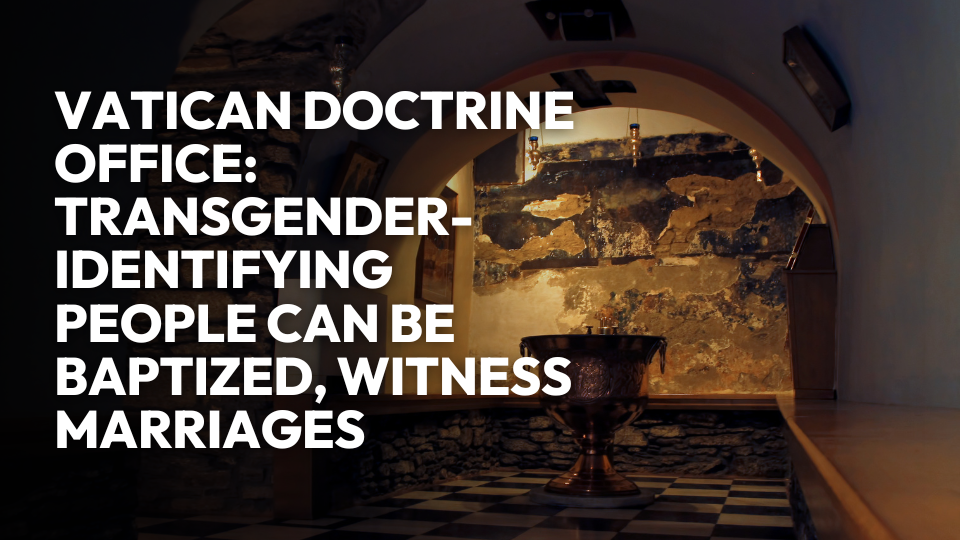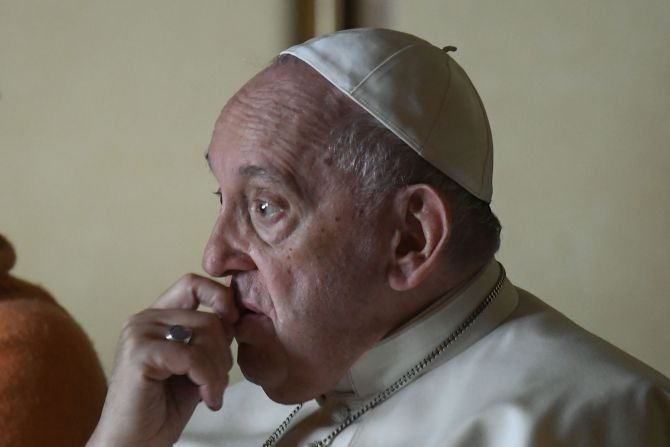In his recently published memoir, Archbishop Georg Gänswein, secretary of Pope Benedict XVI, recounts the reasons why Pope Francis decided to live in the House of Santa Marta and not in the Apostolic Palace of the Vatican, where most pontiffs have lived.
As the Archbishop recounts in the book “Nothing but the Truth,” on March 15, 2013, he accompanied Pope Francis to the Apostolic Palace so that he could take possession of the Apartment in the Third Loggia.
“I showed him how the rooms were arranged. I also told him there would be no problem moving out of Casa Santa Marta since everything was in order and normal cleaning of the premises was enough,” he explains in his memoir.
“At that time, he did not give me an answer,” Gänswein continues, “letting me know that he would think about it.”
Later, he recounts how Pope Francis invited the Superior General of the Jesuits at the time, Fr. Adolfo Nicolás, and wrote to him: “Come to Santa Marta, because tomorrow I have to move to the Apostolic Palace, and here, I have more freedom.”
After a couple of weeks, the Archbishop asked him again, and the Pope told him, “Normally, I sleep like a log, but the night after seeing the apartment, I slept very badly.”
Pope Francis explained that he was “not used to living in such large spaces” and therefore asked for smaller accommodations within the Vatican.
For Msgr. Georg Gänswein, any solution “would have proved to be non-functional and would have created management and security problems.”
“I also tried to raise the matter with him from an emotional point of view, telling him that for all those who passed in front of the St. Peter’s Basilica in the evening, the light shining from the Pontifical Apartment was a point of reference and that there would certainly be a feeling of loss if the residence were to change.”
“But I had the impression,” the Pope Emeritus’ secretary continued, “that coming from thousands of miles away from Rome had not made him a participant in such sensitivity.”
According to Archbishop Gänswein, Benedict XVI was surprised by Pope Francis’s decision not to live in the papal residence, but “his wise conclusion was that, if he did not want to, he certainly could not be forced to!”
Later in his book, the German Archbishop recalls the explanations Pope Francis gave about his decision on June 7, 2013, during a meeting with students of Jesuit-run schools in Italy and Albania:
“For me, it’s a personality problem: that’s all. I need to live among people, and if I lived alone, maybe a little isolated, it wouldn’t do me any good. A professor asked me this question: ‘Why don’t you go and live there?’ I answered: ‘Listen to me, professor: for psychiatric reasons.'”
Georg Gänswein then laments that “especially in the early days there were those who wanted to oppose Francis and Benedict also because of Francis’s decision, claiming that the new Pontiff did not want the magnificence of the Apostolic Palace, but would be satisfied with a room in a hotel.”
Therefore, in his memoirs, he clarifies that “the personal spaces of the last Popes – study, living room, bedroom, and bathroom – were equivalent to those of Francis in the Santa Marta Apartment.”
In addition, he acknowledged, with regret, that the comparisons made between the two popes, mainly when they occurred within the Vatican, “have always saddened Ratzinger.”

